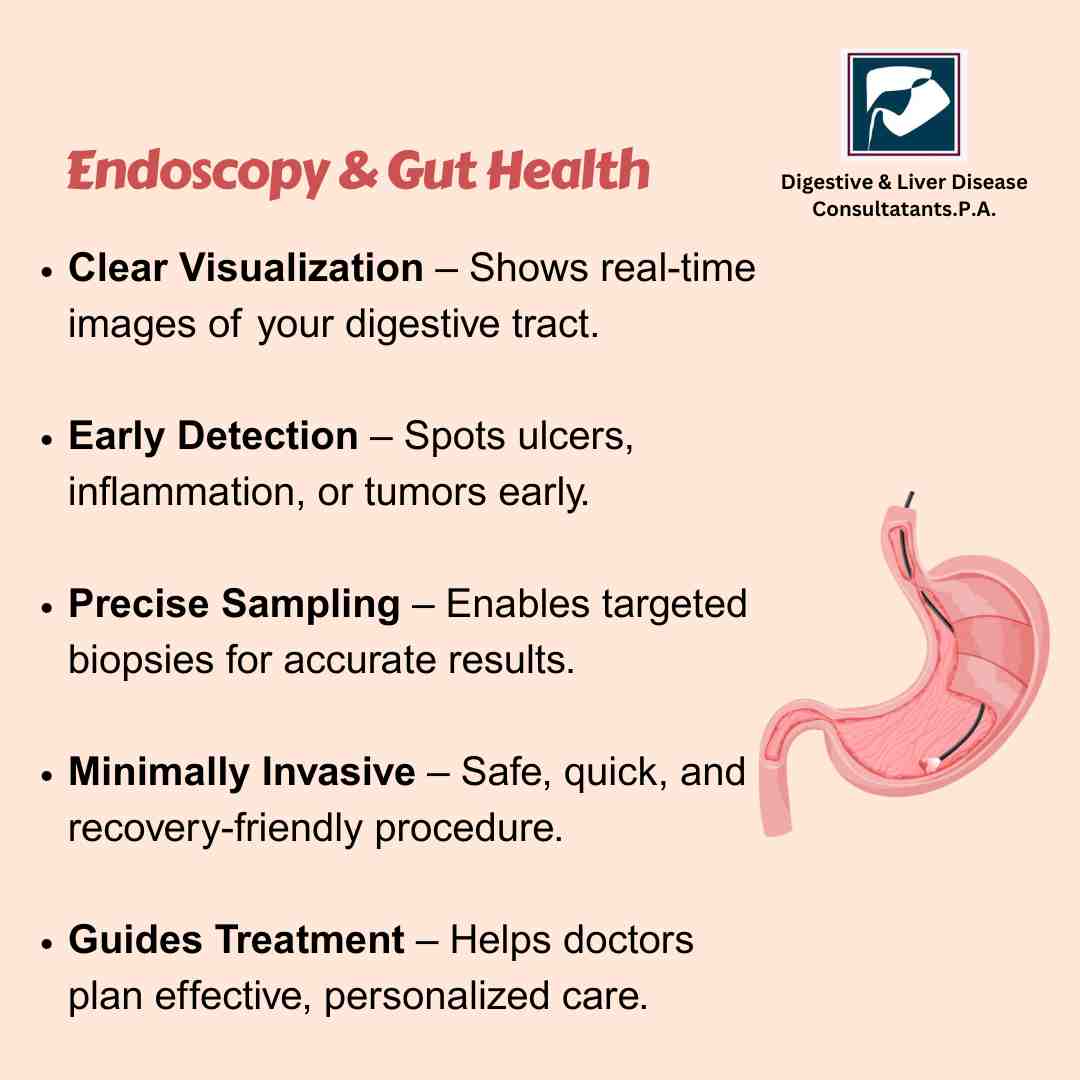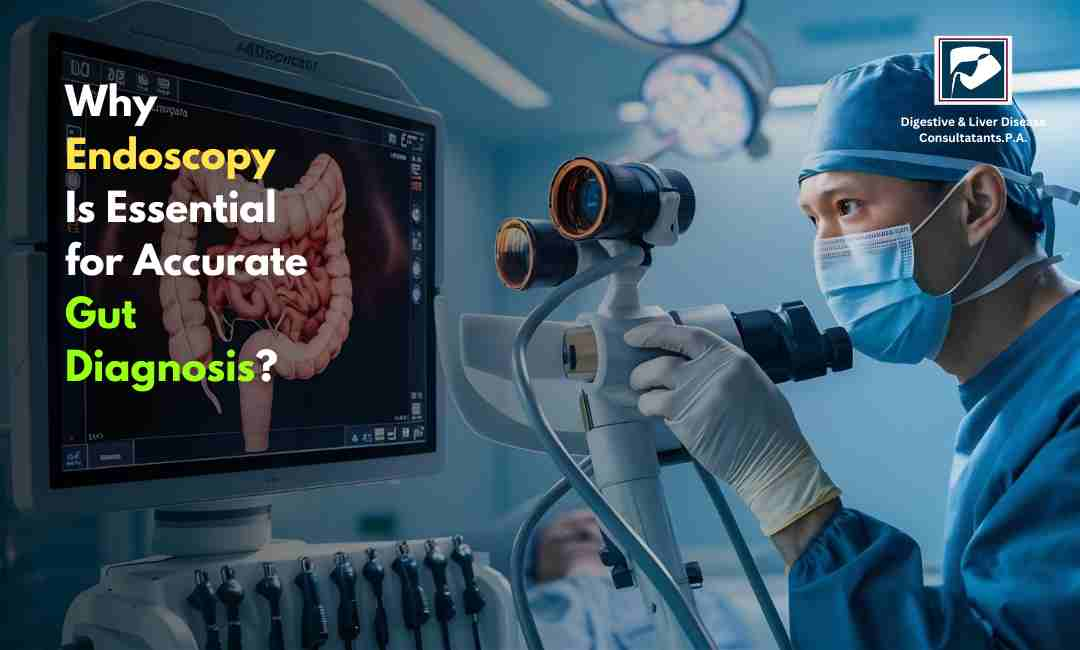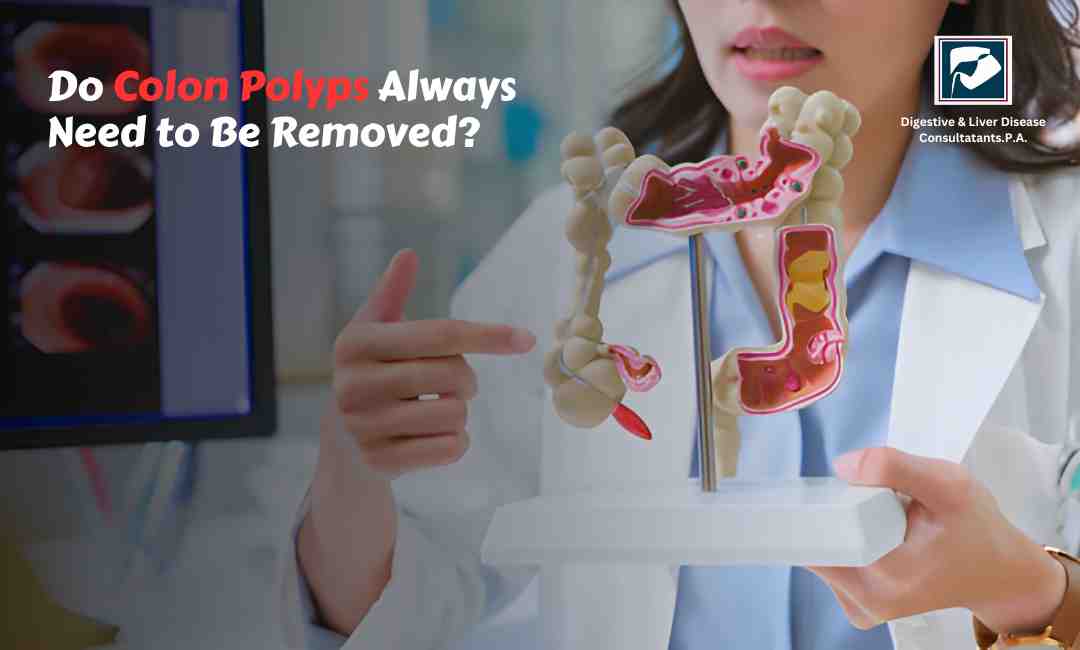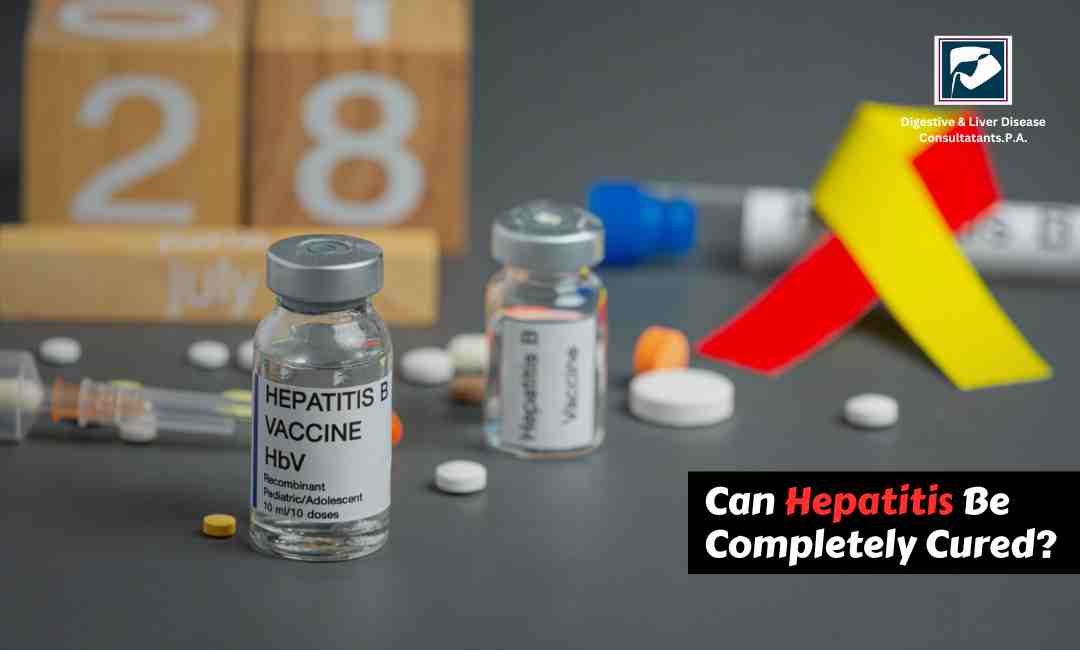If you’ve ever had ongoing stomach pain, unexplained nausea, or changes in your digestion, your doctor might recommend an endoscopy. Many people get nervous when they hear that word, but an endoscopy is one of the safest and most effective ways to truly understand what’s happening inside your digestive tract. It’s not just a test—it’s a powerful diagnostic tool that can uncover conditions other tests might miss.
What Is an Endoscopy?
Endoscopy is a procedure that allows doctors to view the inside of your digestive system using a thin, flexible tube with a light and camera at the tip, called an endoscope. This tool transmits live images to a screen, helping your doctor examine areas like your esophagus, stomach, and small intestine with remarkable clarity.
The most common types include:
Upper Endoscopy (EGD): Examines the esophagus, stomach, and upper part of the small intestine.
Colonoscopy: Looks at the large intestine (colon) and rectum.
Sigmoidoscopy: Focuses on the lower part of the colon.

Why Endoscopy Matters for Gut Health
Digestive symptoms can often overlap—bloating, nausea, indigestion, or abdominal pain could result from many conditions. Imaging tests or blood work can give clues, but they can’t show the exact condition inside your digestive tract. That’s where endoscopy stands out.
Here’s why it’s essential for an accurate diagnosis:
1. Direct Visualization of the Gut
Unlike X-rays or ultrasounds, endoscopy allows your doctor to actually see the lining of your digestive organs. This makes it possible to identify inflammation, ulcers, polyps, bleeding, and other abnormalities with precision.
2. Early Detection of Serious Conditions
Endoscopy helps detect conditions like stomach cancer, esophageal cancer, or colon cancer in their early stages—often before symptoms become severe. Detecting these problems early means treatment can start sooner, improving recovery and outcomes.
3. Biopsy Collection for Confirmation
During the procedure, your doctor can take small tissue samples (biopsies) from suspicious areas. These samples are tested in a lab to confirm or rule out specific diseases, such as celiac disease, infections, or cancer.
4. Accurate Identification of Bleeding Sources
If you have unexplained anemia or blood in your stool, an endoscopy can pinpoint where the bleeding is coming from—whether it’s an ulcer, a tear, or a growth inside your GI tract.
5. Treatment and Diagnosis in One Procedure
Endoscopy isn’t just for finding problems—it can also treat them. Doctors can remove polyps, stop bleeding, or open narrowed areas during the same session, reducing the need for separate surgeries.
6. Guided and Safe Procedure
Modern endoscopy is performed using mild sedation to keep you comfortable and relaxed. The procedure is typically painless and done on an outpatient basis, allowing you to go home the same day.
7. Detects Conditions That Don’t Show Up on Scans
Some digestive issues, like small erosions, early inflammation, or minor bleeding, might not appear on imaging tests like CT scans. Endoscopy can detect these subtle changes, helping doctors make a more precise diagnosis.
Conditions Diagnosed Through Endoscopy
Endoscopy can help identify a wide range of gastrointestinal disorders, including:
- Acid reflux and GERD
- Gastritis and peptic ulcers
- Celiac disease
- Inflammatory bowel disease (IBD) such as Crohn’s disease or ulcerative colitis
- Polyps or growths in the stomach or colon
- Esophageal strictures or narrowing
- Hiatal hernia
- Early signs of cancer in the digestive tract
What to Expect During an Endoscopy
Before the procedure, you’ll be asked to fast for several hours. You’ll receive a sedative through an IV to help you stay comfortable. The doctor then gently guides the endoscope through your mouth or rectum, depending on the type of endoscopy being performed.
The procedure usually takes about 20 to 30 minutes, and most people recover quickly with minimal discomfort. You may feel a little bloated or have a mild sore throat for a short time afterward.
The Benefits of Early Endoscopic Evaluation
Getting an endoscopy at the right time can prevent small problems from becoming serious. For example:
- Detecting polyps early can prevent colon cancer.
- Finding ulcers can help stop bleeding before it becomes dangerous.
- Diagnosing GERD or Barrett’s esophagus early can prevent long-term damage to the esophagus.
Expert Endoscopy Care at Digestive & Liver Disease Consultants, P.A.
At Digestive & Liver Disease Consultants, P.A., our board-certified gastroenterologists are experienced in performing advanced endoscopic procedures with accuracy, safety, and care. We use state-of-the-art technology to diagnose and treat a wide range of digestive conditions—from acid reflux to complex liver and intestinal diseases.
Our team focuses on patient comfort and precise results, ensuring you receive the best possible care during every step of the procedure.
If You’re Experiencing Digestive Symptoms
If you have frequent heartburn, unexplained abdominal pain, or difficulty swallowing, it might be time to get a closer look. Endoscopy can reveal what’s going on and help you get the right treatment before symptoms worsen.
Conclusion
Endoscopy is one of the most valuable tools in modern digestive care. It gives doctors a clear, detailed view of your GI tract, leading to faster and more accurate diagnoses. The best part? It’s safe, minimally invasive, and often provides answers in just one visit.
If you’re struggling with ongoing digestive symptoms, contact Digestive & Liver Disease Consultants, P.A. today. Our top gastroenterologists can help you find clarity, relief, and the right treatment through expert endoscopic care.






